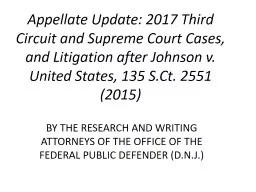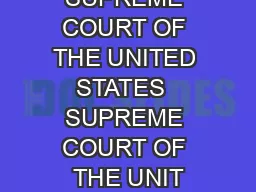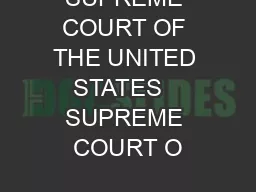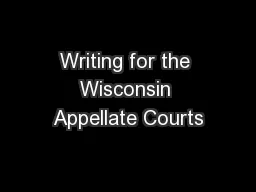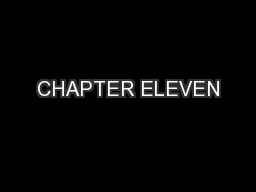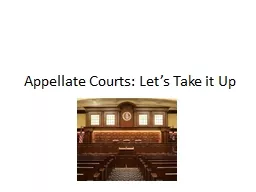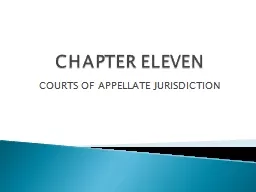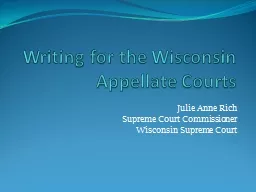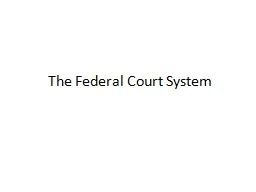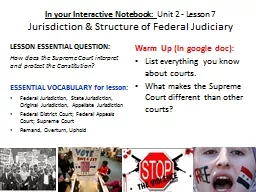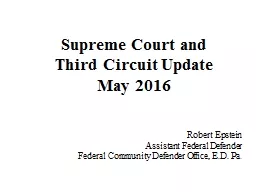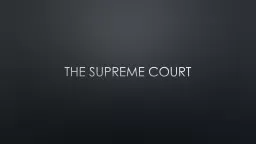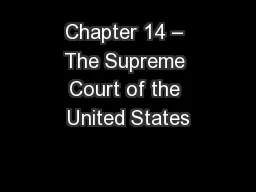PPT-Appellate Update: 2017 Third Circuit and Supreme Court Cases, and Litigation after Johnson
Author : danika-pritchard | Published Date : 2019-11-03
Appellate Update 2017 Third Circuit and Supreme Court Cases and Litigation after Johnson v United States 135 SCt 2551 2015 BY THE RESEARCH AND WRITING ATTORNEYS
Presentation Embed Code
Download Presentation
Download Presentation The PPT/PDF document "Appellate Update: 2017 Third Circuit and..." is the property of its rightful owner. Permission is granted to download and print the materials on this website for personal, non-commercial use only, and to display it on your personal computer provided you do not modify the materials and that you retain all copyright notices contained in the materials. By downloading content from our website, you accept the terms of this agreement.
Appellate Update: 2017 Third Circuit and Supreme Court Cases, and Litigation after Johnson: Transcript
Download Rules Of Document
"Appellate Update: 2017 Third Circuit and Supreme Court Cases, and Litigation after Johnson"The content belongs to its owner. You may download and print it for personal use, without modification, and keep all copyright notices. By downloading, you agree to these terms.
Related Documents

